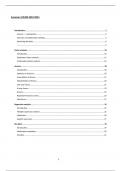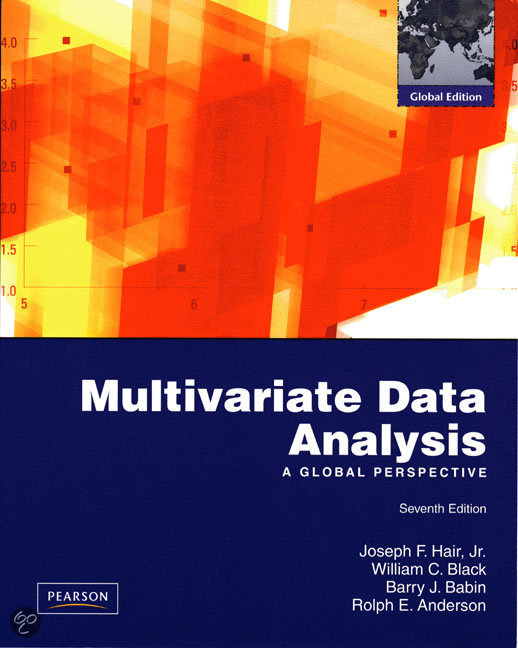Resume
Full summary MMSR 2023/2024
- Cours
- Établissement
- Book
This document is a full summary for the exam Methodology in Marketing and Strategic Management Research (MMSR) at Radboud University. I made this summary from lectures + video clips + article by Henseler + book by Hair. The summary is made in study year 2023/2024.
[Montrer plus]






